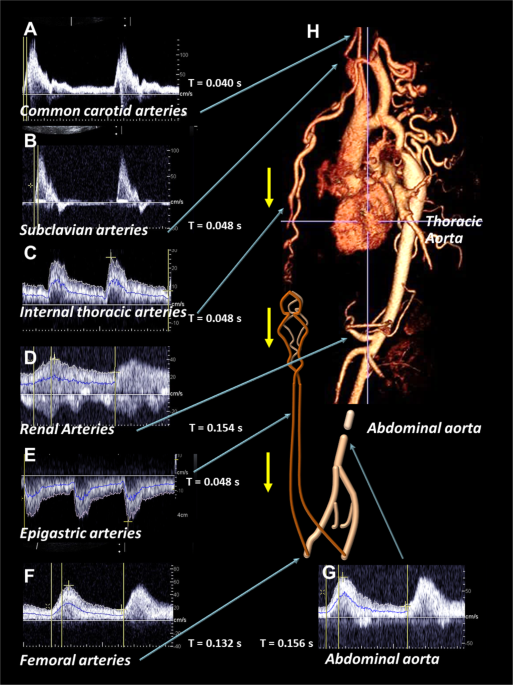Journal of Human Hypertension, Published online: 19 April 2022; doi:10.1038/s41371-022-00687-9
In developed countries, aortic coarctation (AC) is generally diagnosed by fetal echocardiography during the third trimester of pregnancy, or during the neonatal period based on the absence of femoral pulses or the presence of a left supraclavicular systolic murmur. However, AC may be diagnosed late, such as in adult migrants arriving from developing countries without documented medical history although they may require healthcare support during their stay. We report three cases of the incidental diagnosis of thoracic aortic malformations in adults (27, 38 and 43 years) referred for the management of uncontrolled high blood pressure, with major cerebrovascular events for the two oldest. Doppler ultrasound imaging indicated for suspected renal artery stenosis and atheroma lesions revealed abnormal lower-body and normal upper-body arterial blood flow velocity waveforms constitutive of a pathognomonic hemodynamic pattern of AC, a diagnostic which was in all three cases confirmed by multidetector computed tomography-angiography. None of these patients had undergone complete cardiovascular examination, particularly with effective peripheral pulse palpation, during the period preceding the occurrence of maj or cardiovascular events or at any other time after birth. Our observation suggests that a simple medical examination could have prevented diagnostic wandering and, possibly, the occurrence of severe cerebrovascular complications in two of these three patients.




Δεν υπάρχουν σχόλια:
Δημοσίευση σχολίου